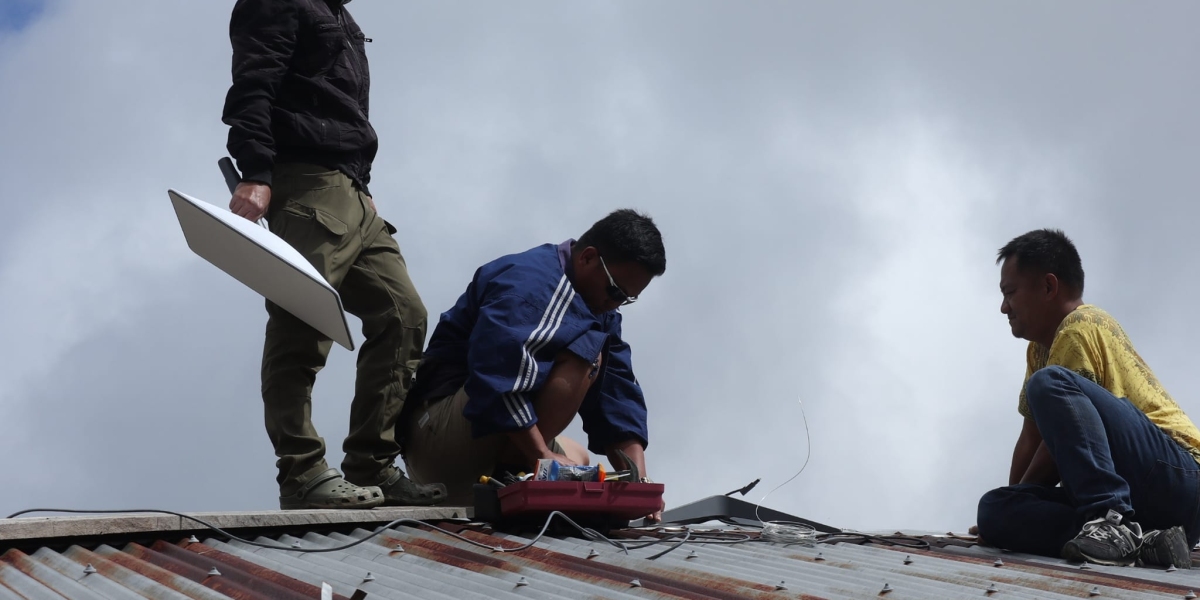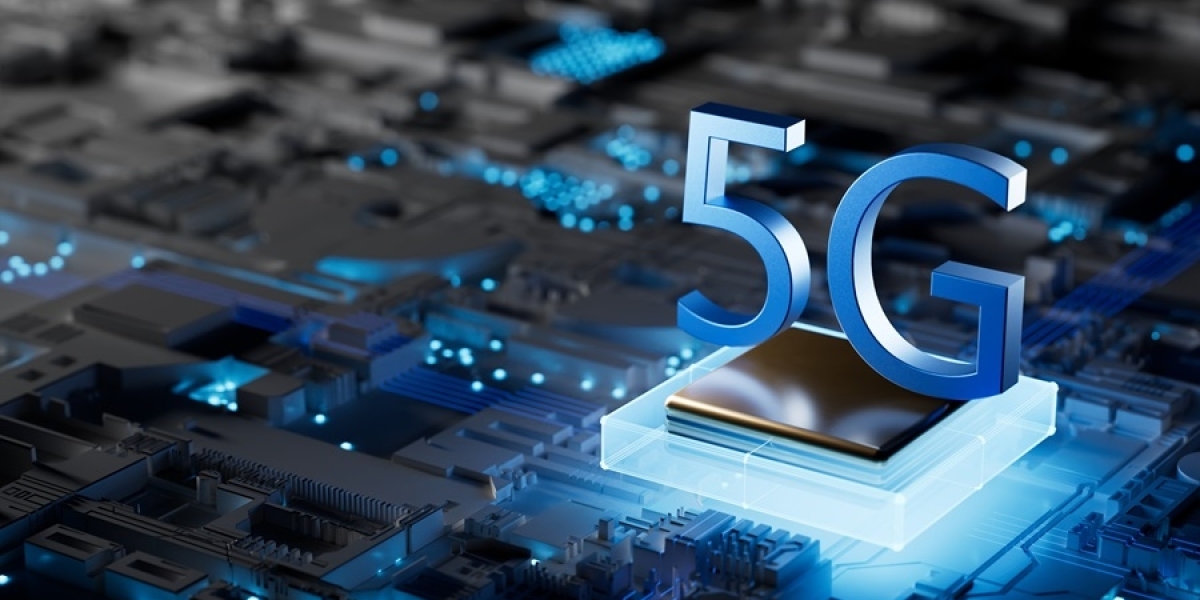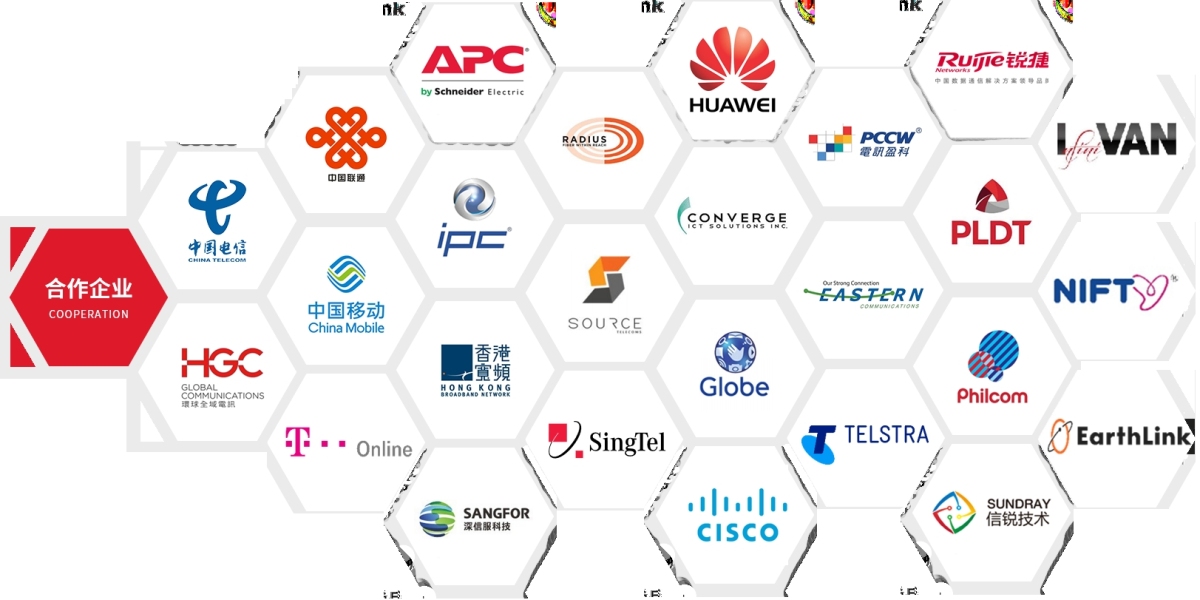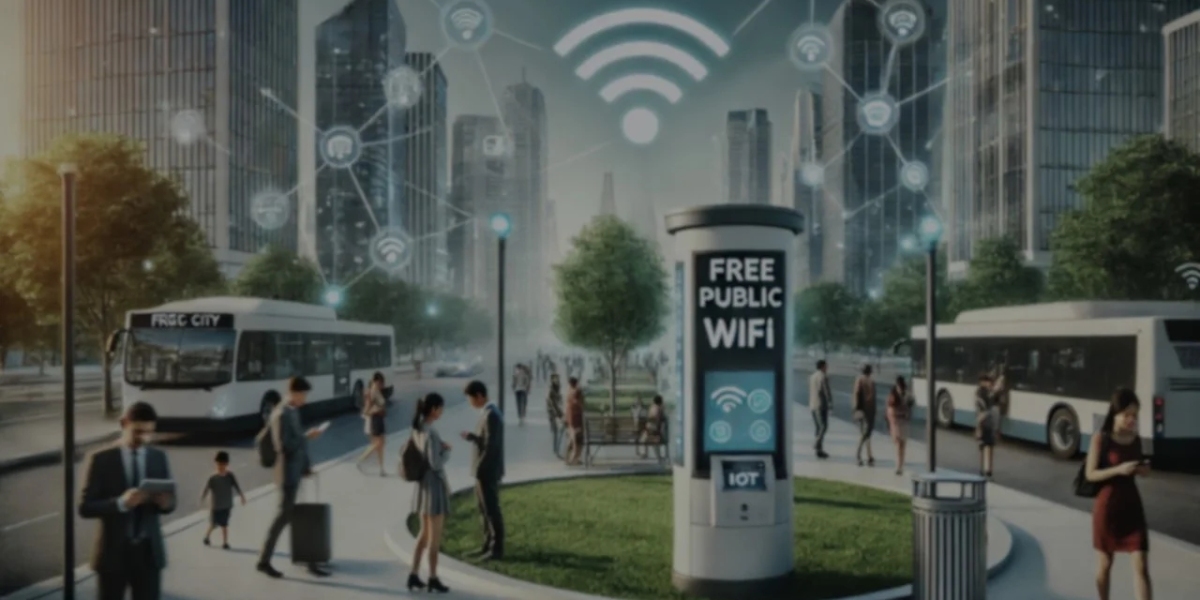Free Wi-Fi for barangays is a strategic national and local government initiative designed to provide public internet access to underserved and remote communities across the Philippines. With over 42,000 barangays — many located in geographically isolated and disadvantaged areas — the lack of internet access continues to widen the digital divide, limit educational opportunities, and hinder public service delivery.
By deploying free Wi-Fi infrastructure in barangay halls, public plazas, health centers, and schools, local governments can enable digital inclusion, increase government efficiency, and empower residents with access to online learning, telehealth, and digital livelihoods. These networks are often powered by fiber broadband, 4G/LTE, or satellite connections, depending on geography and available infrastructure.
Free public Wi-Fi is not just about connectivity; it supports the broader goals of e-governance, social equity, and national development. When citizens can access government services, educational platforms, or financial tools online — without data cost barriers — they become more informed, productive, and engaged members of society.
In many rural barangays across the Philippines, residents have limited or no access to stable internet. Telco coverage is often weak, and commercial broadband services are either unavailable or unaffordable. Students walk kilometers to internet cafés, local government units rely on manual paperwork, and emergency communications depend on SMS or radio. Free Wi-Fi initiatives aim to close these access gaps and support inclusive development.
The Department of Information and Communications Technology (DICT) leads the national effort through the Free Wi-Fi for All Program, focusing on public areas such as barangay halls, schools, hospitals, libraries, and transport terminals. In parallel, some LGUs and private sector partners have launched their own localized Wi-Fi programs using fiber, LTE routers, or VSAT (Very Small Aperture Terminal) systems.
Deploying free Wi-Fi in a barangay typically requires several components:
A backhaul connection to the internet (fiber, LTE, or satellite)
Access points (APs) installed in strategic locations such as covered courts, municipal buildings, or central streets
Power source, often with backup via batteries or solar in off-grid areas
Bandwidth management tools to prevent abuse and ensure fair use among users
Security layers such as user authentication, content filtering, and logging (in compliance with the Data Privacy Act)
To maximize impact, many barangays prioritize deployment near public schools to support online learning. Students can connect to Google Classroom, DepEd Commons, and other e-learning tools from school grounds even after hours. Others place access points in health stations, enabling telemedicine consultations and faster reporting of disease cases or supply requests.
Some municipalities integrate barangay command centers with Wi-Fi infrastructure, linking CCTV systems, emergency alerts, and two-way radios. This helps improve public safety, disaster coordination, and LGU responsiveness — especially during typhoons or lockdowns.
Cost is one of the biggest considerations for LGUs. While DICT provides infrastructure in many areas, barangays often shoulder maintenance, electricity, or upgrades. To manage costs, local governments may:
Share bandwidth across multiple barangays via point-to-multipoint systems
Use affordable LTE routers with data promos in areas without fiber
Partner with telcos or cooperatives for bulk service
Apply for grants or congressional funding for connectivity projects
Sustainability is another challenge. Without proper planning, free Wi-Fi can become slow, unstable, or abandoned after initial launch. Successful deployments ensure:
Regular monitoring of system uptime and usage
Community rules for acceptable use
Training for barangay staff on basic network troubleshooting
Clear policies on data logging, privacy, and public information display
In some areas, barangays create local job opportunities through digital inclusion. For example, residents may be hired to maintain networks, teach digital literacy, or offer remote freelancing services using the new internet connection. Others build barangay-level portals that integrate with LGU systems, allowing residents to submit forms or track requests online.
As national digital infrastructure continues to expand, free Wi-Fi at the barangay level becomes an essential part of the country’s smart community vision — bringing connectivity not just to cities, but to every Filipino household regardless of location.
The Philippine government has institutionalized support for free public internet access through multiple policies. The Free Internet Access in Public Places Act (RA 10929) mandates the installation of free Wi-Fi in government buildings, parks, schools, and other key areas. DICT is the lead implementing agency, with support from LGUs and other public entities.
Under this law, barangays are eligible to receive infrastructure support, technical training, and capacity-building assistance. However, funding gaps, procurement delays, and geographic challenges still limit nationwide coverage. Collaboration between local governments, private ISPs, and non-profits is often necessary to fill these gaps.
The National Broadband Plan and Digital Cities 2025 Roadmap also include barangay connectivity as a critical component of inclusive digital development. These strategies emphasize fiber rollout, last-mile wireless solutions, and community-level innovation.
To accelerate Wi-Fi deployment at the barangay level, key recommendations include:
Prioritize public spaces with the highest social impact: schools, health stations, barangay halls
Choose scalable solutions based on terrain and available power: LTE, fiber, or satellite
Set clear use policies to prevent misuse and ensure fair access
Allocate funds for maintenance, replacement, and technical support
Conduct community awareness campaigns to promote usage, especially for education and e-governance
Integrate public Wi-Fi with other digital services like online permits, SMS alerts, or local job boards
Public feedback should be collected regularly to improve reliability and usefulness. Barangay councils can appoint a connectivity focal person to oversee network operations and coordinate with service providers.
Successful barangays treat free Wi-Fi not just as infrastructure, but as a public good — one that enhances community resilience, opens up access to opportunities, and brings citizens closer to digital services that were once out of reach.
Providing internet access to every Filipino community is a complex task. But when done right, even a small barangay can become a connected hub of learning, safety, and progress.









